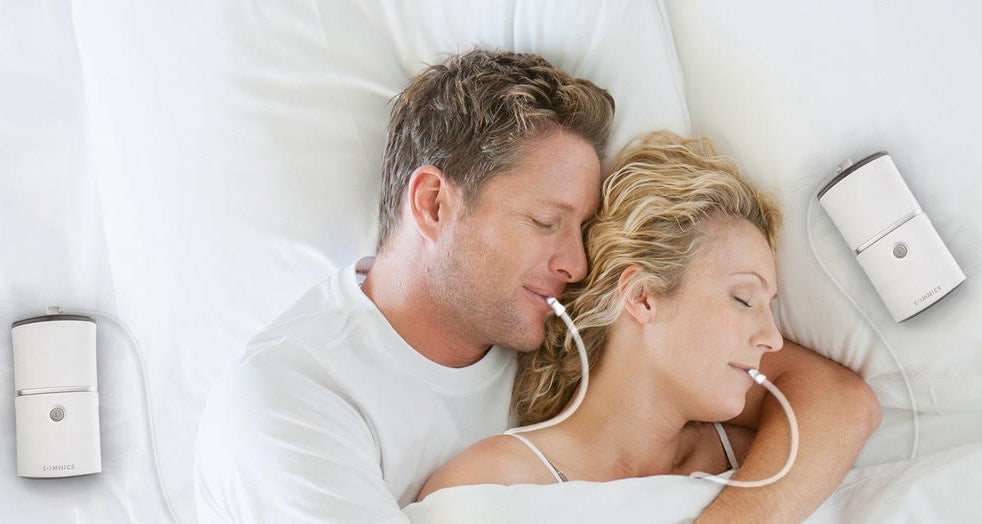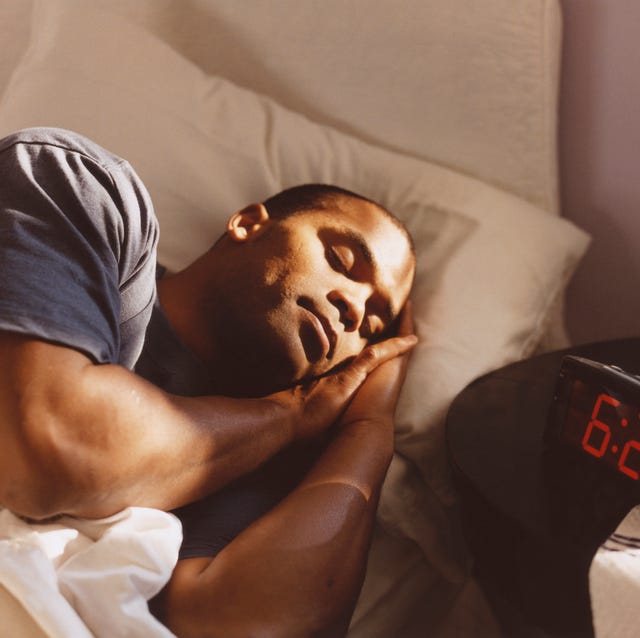Cutting-edge Insomnia Solutions - Find What Works for You
Cutting-edge Insomnia Solutions - Find What Works for You
Blog Article
Reliable Treatment Solutions for Taking Care Of Sleep Disorders and Enhancing Relaxed Sleep
In the world of medical care, the management of sleep conditions and the mission for relaxed rest are crucial components of overall wellness. Effective therapy services use a multifaceted strategy to take on these obstacles, varying from cognitive behavioral interventions to holistic techniques that advertise leisure and mindfulness. The exploration of different strategies, including the assimilation of drug and light therapy, opens up a world of opportunities in the search of better rest quality. As we browse the complex landscape of sleep conditions and seek to boost our rest experience, a much deeper understanding of these therapy options might hold the secret to unlocking a more refreshing and fulfilling corrective journey.
Cognitive Behavior Modification for Sleeping Disorders (CBT-I)
Cognitive Behavioral Treatment for Insomnia (CBT-I) is an organized, evidence-based treatment technique that focuses on dealing with the underlying factors adding to rest disturbances. This kind of therapy intends to modify actions and thoughts that worsen sleep problems, ultimately advertising healthy sleep patterns. CBT-I typically includes several key parts, consisting of cognitive therapy, rest restriction, stimulation control, and sleep health education.
Cognitive treatment assists people identify and change negative thought patterns and ideas about sleep that may be hindering their ability to fall or remain asleep. Rest constraint includes limiting the quantity of time invested in bed to match the individual's real rest period, therefore raising sleep efficiency (sleep disorder treatment). Stimulus control methods aid develop a strong association between the bed and rest by encouraging people to go to bed only when drowsy and to prevent involving in stimulating tasks in bed
Moreover, rest health education and learning focuses on establishing healthy rest behaviors, such as keeping a constant rest routine, producing a relaxing bedtime routine, and optimizing the sleep environment. By dealing with these aspects comprehensively, CBT-I provides an effective non-pharmacological intervention for handling sleeplessness and enhancing total sleep high quality.
Rest Hygiene Practices
Having developed the structure of cognitive restructuring and behavioral modifications in addressing sleep problems via Cognitive Behavior modification for Sleep Problems (CBT-I), the focus currently changes towards discovering essential Rest Hygiene Practices for maintaining optimal rest quality and general well-being.
Rest hygiene methods include a series of routines and ecological factors that can dramatically affect one's capacity to go to sleep and stay asleep throughout the night. Consistent sleep and wake times, creating a relaxing bedtime routine, and enhancing the rest atmosphere by maintaining it dark, silent, and cool are important elements of good sleep health. Restricting direct exposure to displays before going to bed, preventing energizers like high levels of caffeine close to going to bed, and participating in routine exercise during the day can also promote far better rest top quality.
In addition, exercising relaxation methods such as deep breathing workouts or reflection prior to bed can help calm the mind and prepare the body for sleep. By incorporating these rest hygiene techniques right into one's daily routine, people can establish a healthy rest pattern that sustains relaxing sleep and general well-being.
Leisure Methods and Mindfulness
Applying relaxation strategies and mindfulness techniques can play a crucial role in fostering a sense of calm and promoting high quality rest. Additionally, assisted images can help move individuals to a relaxed location in their minds, helping in stress and anxiety reduction and boosting sleep high quality.
By incorporating these practices into a going to bed regimen, people can signify to their bodies that it is time to take a break and prepare for sleep. Overall, integrating leisure methods and mindfulness methods can dramatically add to taking care of sleep conditions and improving general sleep top quality.

Medicine Options for Sleep Disorders
After discovering leisure methods and mindfulness methods as non-pharmacological interventions for improving sleep top quality, it is check this crucial to consider medication options for people with rest conditions. In instances where lifestyle adjustments and treatment do not give enough alleviation, medication can be a beneficial device in managing sleep disruptions.
Generally prescribed medicines for rest conditions include benzodiazepines, non-benzodiazepine hypnotics, antidepressants, and melatonin receptor agonists. Antidepressants, such as trazodone, can be advantageous for people with co-occurring anxiety and sleep disruptions - cognitive behavioral therapy for insomnia (CBT-I).
It is important for people to seek advice from a healthcare copyright to figure out one of the most ideal drug option based on their details rest problem and case history.
Light Therapy for Body Clock Policy
Light therapy, also called phototherapy, is a non-invasive therapy method made use of to control circadian rhythms and improve sleep-wake cycles. This treatment entails exposure to intense light that mimics all-natural sunlight, which aids to reset the body's biological rhythm. By exposing people to specific wavelengths of light, generally in the early morning or evening relying on the preferred impact, light treatment can effectively adjust the circadian rhythm click for source to advertise wakefulness throughout the day and improve relaxed sleep at evening.
Research study has revealed that light therapy can be particularly advantageous for individuals with body clock conditions, such as postponed rest stage syndrome or jet lag. It can likewise be valuable for those experiencing seasonal affective problem (SAD), a type of anxiety that commonly happens throughout the cold weather when all-natural light exposure is minimized. Light treatment is usually well-tolerated and can be used together with other therapy approaches for rest disorders to optimize outcomes and improve total sleep quality.
Conclusion
Finally, reliable treatment remedies for managing sleep conditions and enhancing relaxed sleep include Cognitive Behavior modification for Insomnia (CBT-I), rest health practices, relaxation methods and mindfulness, medicine choices, and light therapy for circadian rhythm guideline. These methods can assist individuals improve their rest top quality and total health. It is necessary to consult with a doctor to identify one of the most appropriate technique for attending to rest issues.
As we browse the intricate landscape of rest problems and look for to enhance our rest experience, a deeper understanding of these treatment options may hold the secret to unlocking a more relaxing and satisfying restorative journey.
Sleep restriction entails limiting the amount of time spent in bed to match the person's actual sleep period, therefore boosting rest efficiency. Regular sleep and wake times, developing look these up a relaxing going to bed routine, and maximizing the sleep environment by keeping it dark, silent, and cool are crucial elements of good rest health. Light therapy is normally well-tolerated and can be made use of in conjunction with other treatment techniques for sleep problems to enhance outcomes and enhance general rest high quality.

Report this page